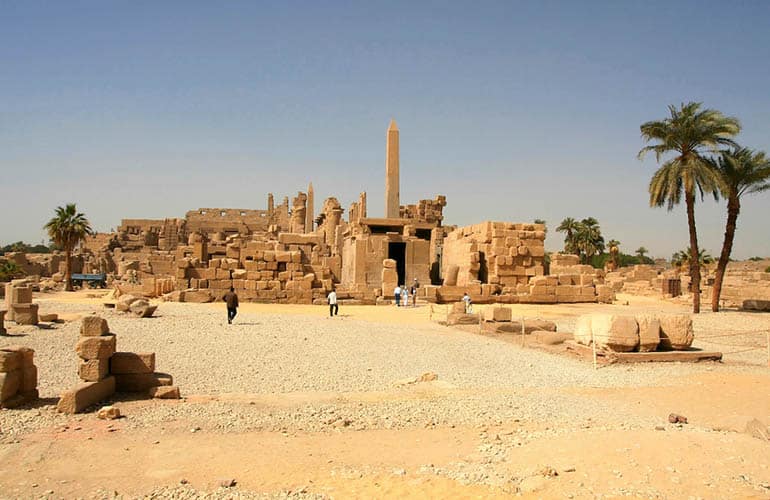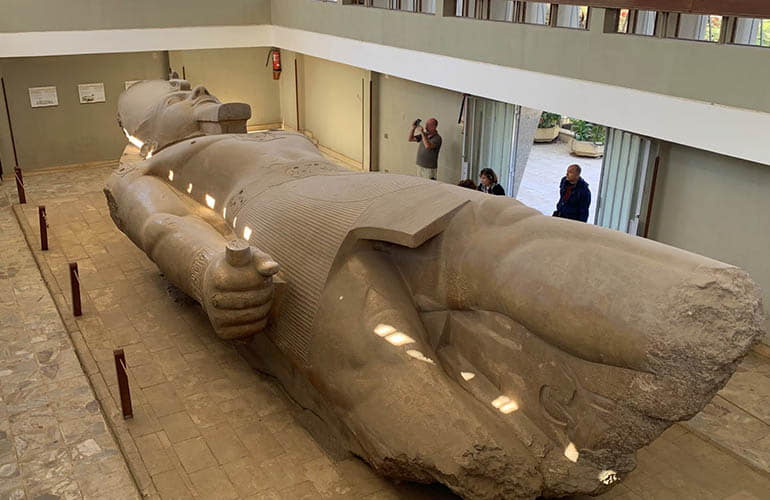The ancient city of Memphis
The city of Memphis in ancient Egypt, founded around 3100 B.C., Memphis of Egypt was the first capital of Egypt from its unification until the First Intermediate Period in 2040 B.C. The city was founded by Narmer, the first Pharaoh of Egypt.
When Alexander the Great entered Memphis in 332 BC, a cosmopolitan city with a history of more than 2,500 years opened before his eyes. Its prestige and importance were such that it was in his main temple, the god Ptah, where the Macedonian king, who had just expelled the Persians from the banks of the Nile, was crowned as the new lord of Upper and Lower Egypt.

Memphis was one of the largest and most populated cities in Egypt. It was the administrative, religious and cultural center of the whole country. as well as a royal residence.
Everything was destroyed or washed away during the last centuries to build the palaces, mosques, houses and public buildings of Cairo.
The main sanctuary was the Temple of Ptah, in whose vicinity the Pharaoh resided.
The ancient city of Memphis was the capital of Egypt during the period of the Old kingdom (2700-2200 BC) when the pharaohs ruled from the 3rd to the 6th dynasties, Memphis experienced a great moment of blossoming with a great influence on political and economic life. While Thebes Egypt (Luxor) became the ceremonial center of Egypt during the New Kingdom.
The city’s favorable strategic position meant that it always remained the most important garrison center in Egypt, even when the kings of the Middle Kingdom (2160-1552 BC) and the New Kingdom (1552-945 BC) moved their residence further south or north.
In the 5th century AD, the historian Herodotus described Memphis as a “prosperous city and cosmopolitan center”. Memphis was still an important administrative and commercial center until well into the Ptolemaic era. There are countless descriptions of the city in Classical texts from Greek writers and historians such as Plutarch and Strabo.
What little has been discovered at Memphis is gathered together in a small open-air Museum in the village of Mit Rahina. The showpiece is a colossal limestone statue of Ramses II, which lies, truncated at the knees, in a viewing pavilion.

The statue is similar to the colossus of Ramses II found in Memphis and replicated in Midan Ramses. In the garden, there are more statues of Ramses II and an 18th-Dynasty sphinx, at 80 tons the largest calcite statue ever found. on which the sacred Apis bulls were mummified before being buried in nearby Saqqara.
The extent and grandeur of the city’s necropolis, centered on Saqqara, give some indication of how large and prosperous Memphis must once have been. Sadly, there is little remaining evidence of this former glory.
Palm groves, cultivated fields, and villages now cover the site of this once impressive city.






